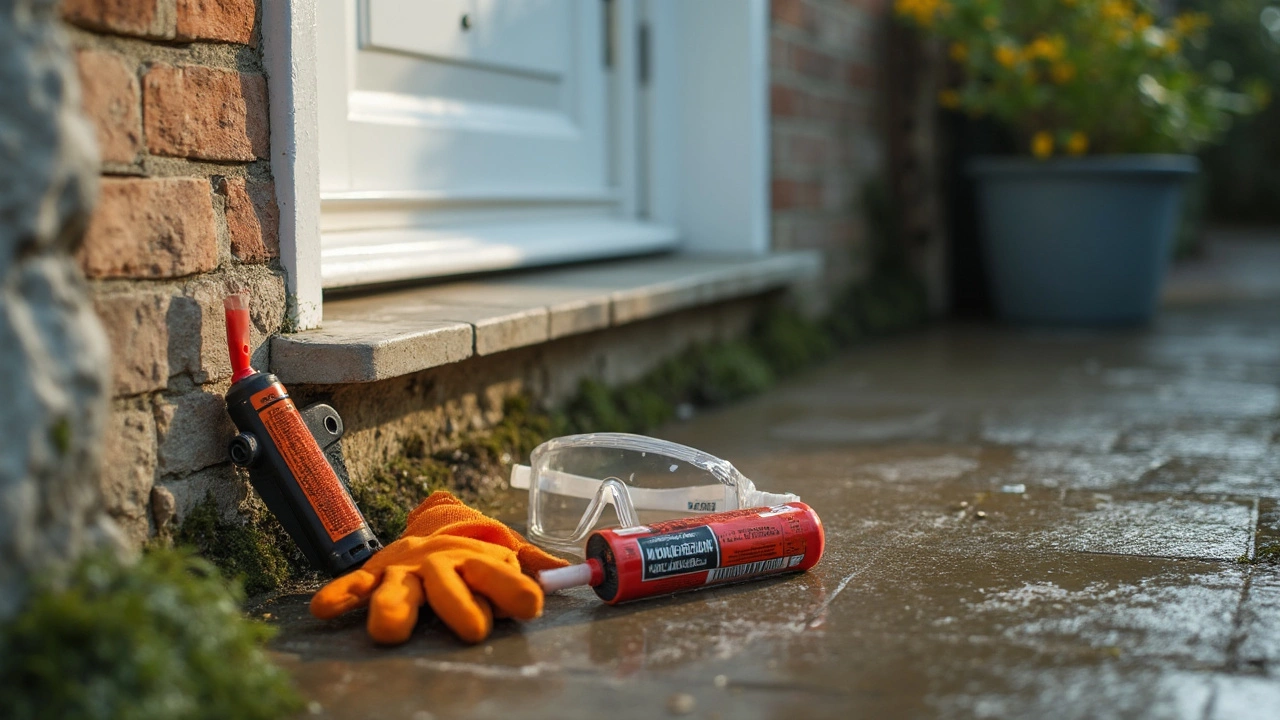Concrete Cracks: What They Mean and How to Fix Them
Spotting a crack in a driveway, patio, or foundation floor can feel like a red flag. Most homeowners wonder if it’s just a hairline line that will disappear or a sign of a bigger issue. The good news is you don’t need an engineering degree to understand the basics. In the next few minutes, you’ll get the facts you need to decide whether a DIY patch will do or if you should bring in a pro.
Why Concrete Cracks Happen
Concrete is strong, but it also expands and shrinks with temperature changes. When the ground beneath it moves – because of soil settlement, moisture shifts, or heavy loads – the slab can crack. Common culprits include:
- Temperature stress: Hot summer days make concrete expand; cold nights make it contract.
- Moisture movement: Water soaking into the ground can swell soil, then shrink as it dries.
- Heavy traffic: Trucks or machinery repeatedly rolling over the same spot put extra pressure.
- Poor mix design: Not enough cement, too much water, or low‑quality aggregates can weaken the slab.
Most cracks are shallow surface lines that don’t affect structural integrity. But wider cracks that keep getting bigger, especially near doors, windows, or load‑bearing walls, often signal a deeper problem.
Quick Fixes and When to Call a Pro
If the crack is less than a quarter inch wide and isn’t growing, you can usually repair it yourself. Here’s a simple step‑by‑step:
- Clean the crack: Use a wire brush or a vacuum to remove dust and loose pieces.
- Moisten the area: A damp surface helps the repair material bond better.
- Apply a concrete filler: Choose a polymer‑modified patching compound. Fill the crack and smooth it with a trowel.
- Seal the surface: After the filler cures, a concrete sealer protects the repair from water.
For cracks wider than a quarter inch, or ones that reappear after you patch them, it’s time to call a professional. They’ll look for underlying settlement, assess soil conditions, and might suggest using lime‑based stabilizers – something Lime Hillock supplies in bulk. Limestone aggregates improve the mix’s strength and reduce shrinkage, which can stop new cracks from forming.
When you bring in a contractor, ask about these details:
- Will they test the soil moisture and compaction?
- Do they plan to use a crack‑injection system with epoxy or polyurethane?
- Can they source high‑grade limestone or other aggregates from a local quarry to match your existing concrete?
Using locally sourced limestone not only cuts transport costs but also ensures the material matches the regional climate. Lime Hillock’s quarry offers a range of grades, from fine powder for sealers to larger aggregates for structural fills.
Bottom line: Small surface cracks are usually DIY‑friendly. Bigger, moving cracks need a pro and often a better mix design. By understanding why the crack appeared and choosing the right repair product – whether it’s a simple filler or a lime‑enhanced concrete mix – you can keep your slab solid and avoid costly foundation issues down the road.
Need the right limestone or concrete additives for your repair? Lime Hillock Construction Material Resources has everything you need, delivered fast and backed by industry expertise.
Best Foundation Crack Repair: What Actually Works?

Wondering how to fix a crack in your home's foundation? This article breaks down the best options out there, from pro materials to simple at-home fixes. We’ll talk about what actually fixes the problem and what just covers it up. You’ll find tips on spotting bigger trouble, easy tools to grab, and when it’s best to call for backup. Save yourself wasted time and money—get straight to what works.
read more



